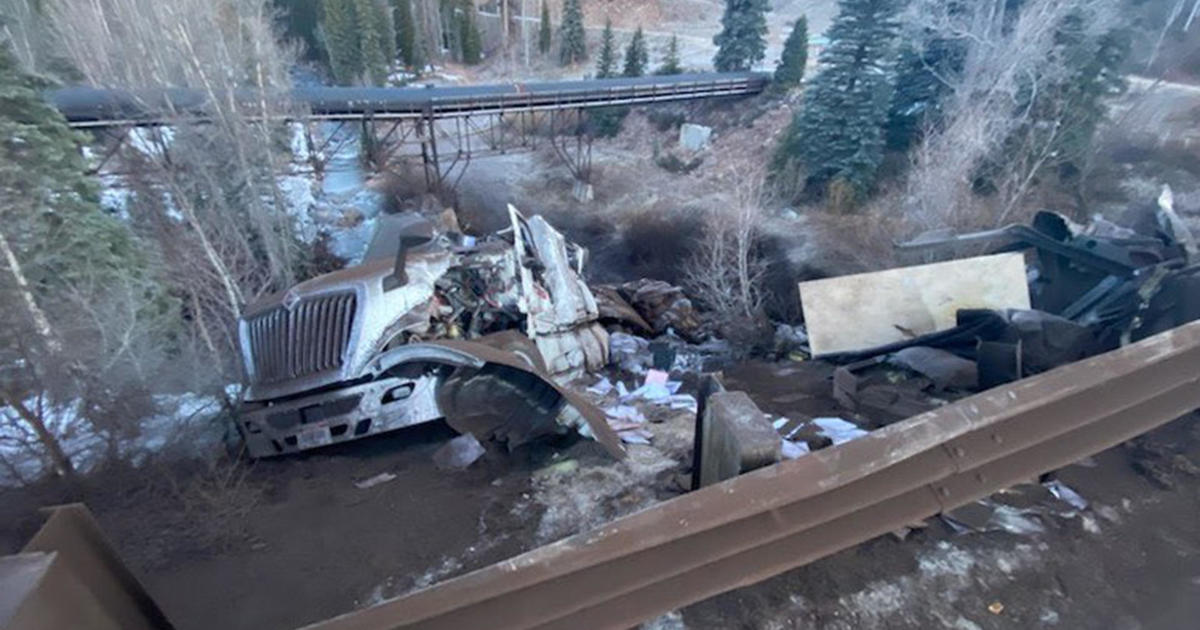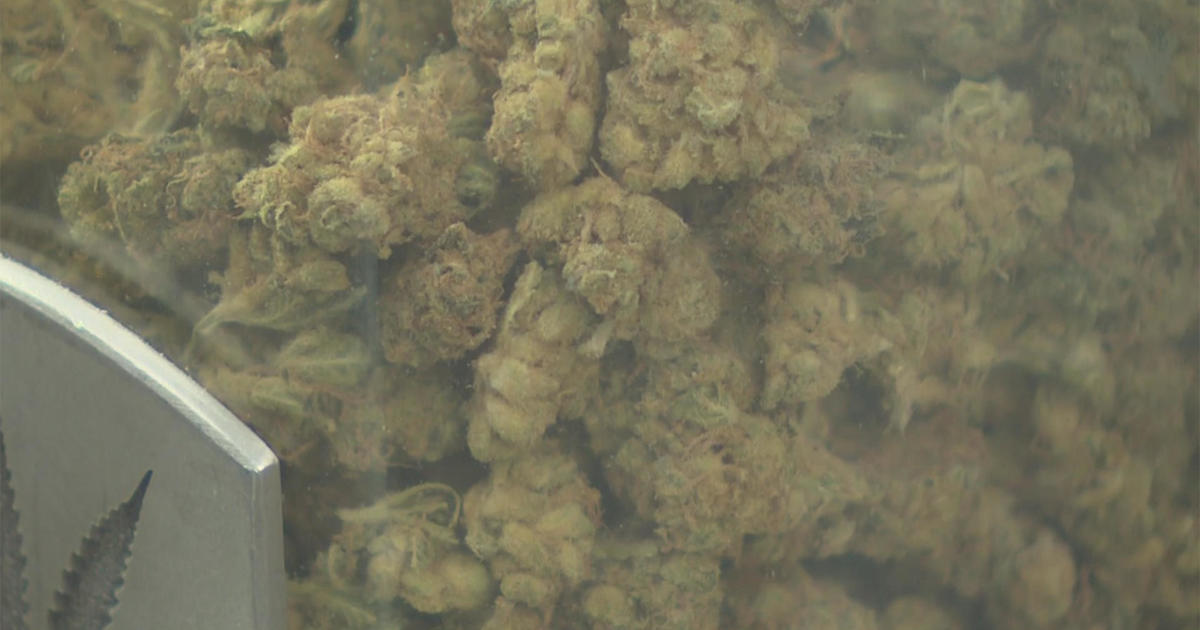In Avalanche Education, New Focus On Human Factors
SNOQUALMIE PASS, Wash. (AP) - Steve Hamill first ventured into the backcountry three years ago, drawn by a desire to be in the woods during the winter. But it was an unnerving encounter with a small avalanche that eventually drove the 52-year-old clinical engineer to a three-day course this month to learn how to survive in avalanche terrain.
Hamill is among a growing number of people seeking solitude, untouched powder and outdoor thrills.
But as more recreationists head into untracked wilderness - outside resort boundaries and ski patrols - experts say more accidents are inevitable. So avalanche educators are finding new ways to help recreationists keep out of danger, including borrowing an approach pilots use to communicate.
Where backcountry safety education once stressed the mechanics of avalanches and snow science, training courses now incorporate a focus on human factors such as how to make better decisions, manage group dynamics and speak up should danger arise.
"Telling people don't ever go out in avalanche terrain is just not going to work," said Scott Schell, program director for the nonprofit Friends of the Northwest Weather and Avalanche Center, which this winter is hosting 100 free avalanche awareness classes and a series of workshops on decision-making in the backcountry. "What we're really trying to do is provide a framework for people to make better decisions in avalanche terrain."
Nationwide, 34 skiers, snowboarders, snowmobilers, climbers and hikers died in avalanches during the 2011-12 winter season, according to the Colorado Avalanche Information Center. Already this season, four people have died, including a 37-year-old man killed Sunday in Colorado.
Experts say human factors such as lack of communication and social pressure play a role in some of these fatalities.
The deaths of three expert skiers in the Washington Cascades last February "certainly opened eyes," because they were experienced and knowledgeable, said Mark Moore, recently retired director of the Seattle-based Northwest Weather and Avalanche Center, which provides forecasts and avalanche warnings.
Chris Rudolph, Jim Jack and Johnny Brenan died when an avalanche swept them down a steep slope just beyond the Stevens Pass ski resort, about 85 miles from Seattle. A fourth skier was partially buried but survived by deploying an air bag that helped keep her afloat in the snow.
"Despite the group's collective ski and avalanche safety experience, we lost three tremendous friends," said John Stifter, editor of Powder Magazine who had skied with the group that day, saw the avalanche coming and tried to dig his friends out.
Stifter looks back on that tragedy as "the ultimate example of group dynamics gone wrong," and stresses to anyone who will listen what to do differently.
Stifter was among 16 people skiing the backcountry that day. The group had checked avalanche reports and knew the danger was considerable, but he and others discussed it and determined they could ski safely.
His advice now: "Slow down - in everything. When you do, you'll be able to analyze what's really going on that much easier and effectively," he said.
Stifter hasn't been out in the backcountry since. When he does return, he said he will communicate more, travel in a smaller group and not be afraid to voice his thoughts.
Interest in avalanche education is growing as the backcountry craze explodes, said Tom Murphy, programs director for the American Institute for Avalanche Research and Education (AIARE) in Gunnison, Colo., whose mission is to save lives through education.
Last year, 3,300 people took a level 1 avalanche course certified by his group - up from 2,700 three years ago.
At a ski lodge at Snoqualmie Pass this month, Hamill and 14 others gathered for a three-day course led by Pro Guiding Service to learn about snow safety. Instructor David Jordan used the tragedy near Stevens Pass to help students think through the decision-making process.
Jordan suggested using a communication checklist developed by AIARE - and modeled after one used by airline pilots - that asks a series of questions such as: Have they agreed to respect everyone's voice? Is there anything wrong with their trip plan? Would another route option be better? Can they see or hear each other? Is there an escape plan?
"The course hammered home: don't let the fact that you're in a group let you be quiet. Everybody's voice counts," said attendee Kevin Klein, a Seattle brewer.
Ian Koppe, an aspiring ski photographer from Seattle, said avalanches aren't going to stop him from hitting the backcountry.
"Just because it's dangerous, people still do it," he said. "You have to know how to go about doing it safely."
Hamill said the risks come with the rewards of being out in the serenity of the mountains.
"Being up there in the winter time is just majestic," he said. "If you're going out into the backcountry, there's risk just like there's risk in everything in life. But if you love going in the backcountry, you learn to accept those kinds of risks, and you try to mitigate it."
LINKS: Northwest Weather and Avalanche Center | American Institute for Avalanche Research and Education | Colorado Avalanche Information Center
- By PHUONG LE, Associated Press
(© Copyright 2013 The Associated Press. All Rights Reserved. This material may not be published, broadcast, rewritten or redistributed.)



